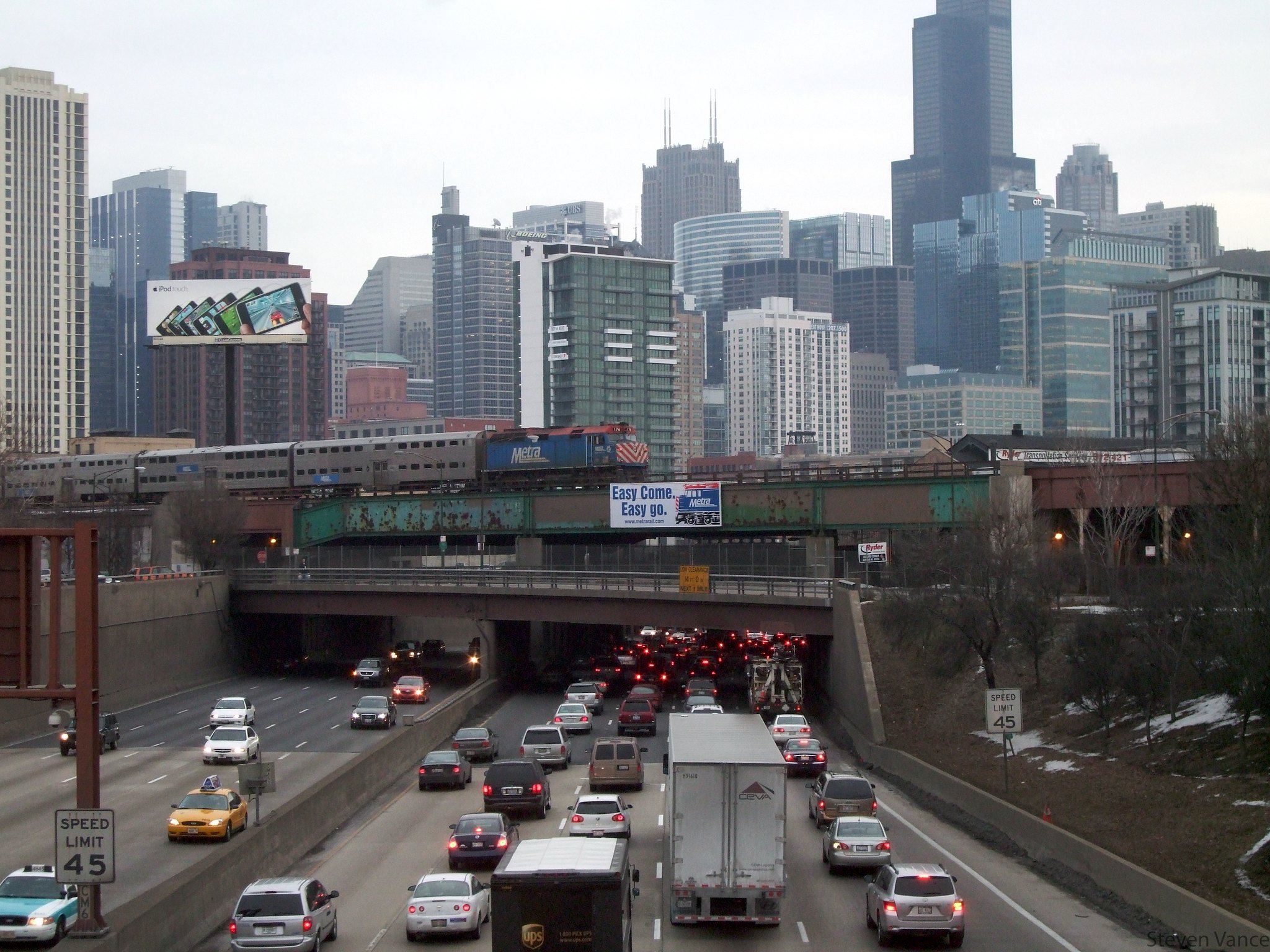This is the big problem with Ed Glaeser's New York Times posts purporting to analyze the costs and benefits of a high speed rail system.
Despite Glaeser's acknowledgment that his "back-of-the-envelope calculation" doesn't "[represent] a complete evaluation of any actual proposed route," the posts are sure to be read and regurgitated by rail opponents uninterested in having an actual debate on the merits of high-speed rail investments.
Today, the Washington Post's lame excuse for an economics columnist, Robert Samuelson, used numbers from Glaeser's analysis in writing an extremely regrettable piece arguing that investments in high-speed rail are misguided. But this is no honest entry into the discussion of how best to invest in transportation infrastructure. It's a hack job, plain and simple.
Samuelson begins by complaining about Amtrak subsidies, but he can't be bothered to address what those subsidies actually suggest about the competitiveness of fast, intercity rail. On the corridor where service most closely resembles true high-speed service, Amtrak runs an operating profit.
It gets much worse from there. Samuelson argues against rail on the basis of population density, writing:
What works in Europe and Asia won't in the United States. Even abroad,passenger trains are subsidized. But the subsidies are more justifiablebecause geography and energy policies differ.
Densities are much higher, and high densities favor rail with directconnections between heavily populated city centers and businessdistricts. In Japan, density is 880 people per square mile; it's 653 inBritain, 611 in Germany and 259 in France. By contrast, plentiful landin the United States has led to suburbanized homes, offices andfactories. Density is 86 people per square mile. Trains can't pick upmost people where they live and work and take them to where they wantto go. Cars can.
This is embarrassingly bad analysis. America's overall population density includes vast expanses of land in the west where few people live and where high-speed trains won't be built (have a look at the administration's map of proposed routes here and note how many low-density states are not expected to get service).
The proper point of comparison is the population densities of metropolitan corridors where lines will be built. A child could understand the point, and yet Samuelson, out of ignorance or deliberate obtuseness, doesn't get it.
He follows that up with a similar error:
Distances also matter. America is big; trips are longer. Beyond 400 to 500 miles, fast trains can't compete with planes.
Again, this is just embarrassing. Distances between major cities on planned corridors will be at most 400 miles. No one is suggesting that rail compete with planes on coast-to-coast routes.
This is a hugely important factual point, and Samuelson seems to be entirely ignorant of it. He simply knows nothing about the policies being considered.
Samuelson goes on to make other mistakes; like Glaeser he fails to consider the costs and benefits of alternatives to high-speed rail -- given current congestion levels and expected population growth, new infrastructure of some kind will be necessary to keep the national economy functioning. But given the basic errors mentioned above, it's hardly worth engaging with the piece.
The Post should be ashamed of its decision to publish this. And Glaeser should be at least a little bit uncomfortable that his work is being cited in factually challenged columns by writers who clearly have no interest in honest participation in the discussion.





